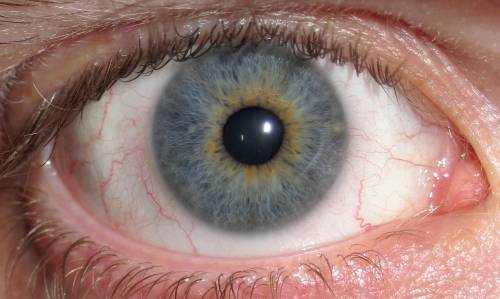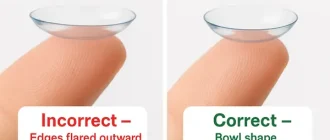Laser-assisted in situ keratomileusis, better known as LASIK, has revolutionized vision correction. If you’re tired of glasses or contacts, it might seem like the perfect solution. But how old do you need to be for LASIK?
LASIK Patients by Age Group (U.S.)
| Age Group | Percentage (%) |
|---|---|
| 18–24 | 20% |
| 25–34 | 35% |
| 35–44 | 30% |
| 45–54 | 10% |
| 55+ | 5% |
This chart illustrates the distribution of LASIK patients across age groups in the U.S., with the highest percentage among those aged 25-34 and the lowest among individuals over 55.
The Minimum Age for LASIK
Most experts agree that 18 years old is the youngest age for LASIK. Why? Because by this age, your eyes have typically stopped growing, which is crucial for the surgery’s long-term success. This is because the shape and prescription of your eyes need to remain consistent for optimal results.
Now, imagine this: You undergo LASIK at 16, thinking it’s the solution to your vision problems, only for your prescription to change by the time you’re 18. This scenario could lead to additional procedures to correct the new issues, adding unnecessary costs and risks. For this reason, surgeons prioritize waiting until the eyes reach full maturity before recommending LASIK.
Another important factor is hormonal changes during adolescence. These fluctuations can affect eye shape and vision, further complicating the procedure’s predictability. By age 18, these hormonal influences are generally less disruptive, making it the safer choice for long-lasting results.
Why Vision Stability Matters
Your vision doesn’t just stabilize overnight. In fact, many people experience subtle prescription changes well into their early 20s, particularly if they have progressive conditions like myopia (nearsightedness). According to the American Academy of Ophthalmology, candidates for LASIK should have a stable prescription for at least one year—and ideally longer. This ensures that the results of the procedure are not only effective but also enduring.
For example, a 20-year-old with a stable prescription for two years is a much better candidate than someone whose vision has fluctuated in the past six months. Stability reduces the likelihood of needing touch-up surgeries and enhances overall satisfaction with the results.
Is There an Upper Age Limit?
While there’s no strict upper age limit for LASIK, the procedure becomes less common among patients over 60. Why? Age-related eye conditions such as cataracts, presbyopia, or severe dry eyes can diminish the effectiveness of LASIK. Additionally, these conditions may require alternative treatments, such as refractive lens exchange (RLE), which can address both vision correction and cataracts simultaneously.
For individuals in their 40s and 50s, LASIK can still be a viable option, especially if they don’t yet show signs of significant age-related eye changes. Surgeons will conduct comprehensive evaluations to determine the most suitable course of action based on individual needs.
Factors Disqualifying LASIK Candidates
| Disqualifying Factor | Percentage (%) |
|---|---|
| Unstable Vision | 40% |
| Severe Dry Eyes | 30% |
| Corneal Thickness Issues | 20% |
| Autoimmune Disorders | 7% |
| Pregnancy or Nursing | 3% |
This chart breaks down the primary factors disqualifying candidates for LASIK surgery, with unstable vision being the most common and pregnancy the least.
U.S. Statistics on LASIK
- The average age of LASIK patients is 35, reflecting the procedure’s appeal to younger adults with stable vision.
- Each year, approximately 700,000 LASIK procedures are performed across the United States, making it one of the most common elective surgeries.
- More than 95% of patients report satisfaction with their results, citing improved quality of life and freedom from corrective lenses.
- Interestingly, 60% of LASIK patients report pursuing the surgery for professional reasons, such as military service or aviation careers, where perfect vision is often a requirement.
Medical Case: The Perfect Timing
Take the case of a 22-year-old woman from Florida. She had struggled with severe nearsightedness since childhood. After her prescription stabilized for three years, she underwent LASIK and achieved 20/20 vision—a life-changing moment.
Contrast this with a 19-year-old male from Texas who insisted on LASIK despite recent prescription changes. Within two years, he required corrective lenses again.
What to Consider Before LASIK
- Stable Vision: Ensure no significant prescription changes for at least one year.
- Overall Eye Health: Conditions like keratoconus or severe dry eyes may disqualify you.
- Lifestyle: Active lifestyles, including contact sports, might influence recovery.
Editorial Advice
- Reyus Mammadli’s Tip: “Patience pays off. Wait for stable vision; your future self will thank you!”
- Consult with an experienced surgeon to determine the right time for LASIK.
- Remember, LASIK is elective. Take your time to weigh its benefits and risks carefully.





